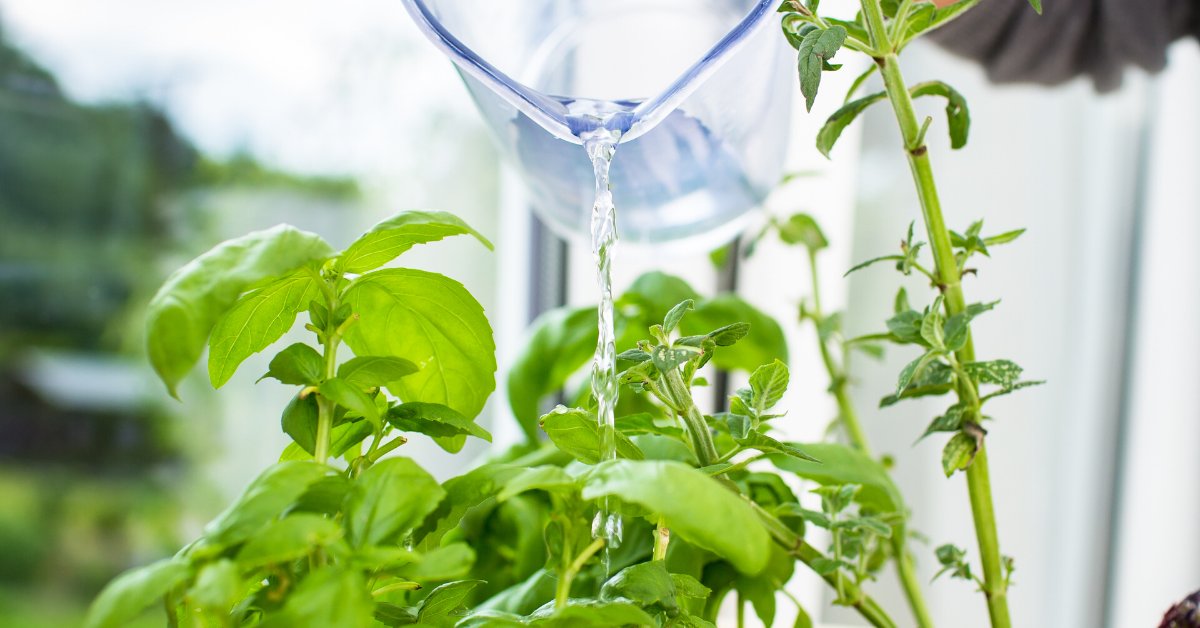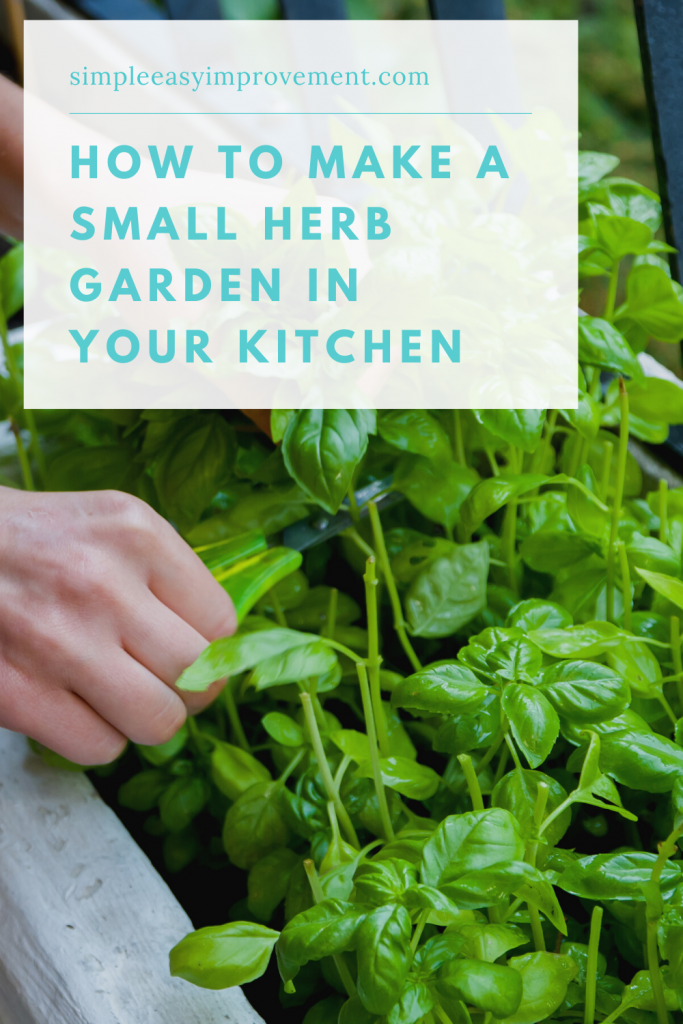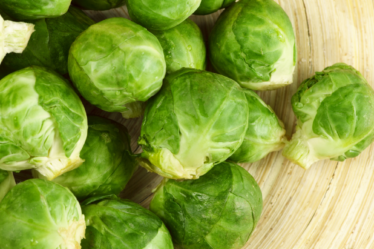
There’s nothing quite like fresh herbs when you are cooking. Yes, of course, you have access to everything every time you go to your local supermarket, but they are neither very fresh nor very affordable. Everything you can buy locally is several days old or artificially preserved – even when you are willing to pay top prices for them. Even if you do your grocery shopping weekly, by the end of the week, you’ll either be out of the herbs you need, or there will be some rotting away in your refrigerator. And that’s why you need to read this small herb garden in your kitchen guide, so you can get the most fresh herbs.
The best way, and sometimes the only way, that you can get the freshest ingredients for your meals is if you can grow them yourselves. For a small kitchen garden, you neither need a large space nor a lot of time to take care of your kitchen garden; all you need to know are the right ways to plant the herbs in question. A kitchen herb garden can be the most convenient way for you to get the right amount of fresh herbs whenever you need them, whatever you need.
If fresh herbs are on your agenda and you are thinking about creating a culinary herb garden in your kitchen, these tips and ideas can help you.
- Choose the Herbs You Want to Grow
There are more than two dozen different types of herbs that you can grow inside your kitchen; however unless you are a professional chef running a catering business from your kitchen, you won’t need to grow more than five or six of them. At least, that’s how many you should start with at first. Think of all the different herbs that you use in your regular cooking, and start with them.
Basil, rosemary, parsley, mint, and thyme – these are the most common herbs that most people grow in their kitchens. They don’t take up a lot of space, and you won’t need more than a few leaves or cuttings from these plants in your daily cooking. If you are a newbie to a herb garden, perhaps these are the ones you should start with, plus two or three more.
- Choose the Right Location
Location is key in an herb garden because most of these herbs will require a daily dose of direct sunlight. The best place to start your herb garden is around or beneath your kitchen window so that you can stretch your arms and pick up a few leaves from any of the herb plants around the window. You can use the window sill to keep your potted herb plants or construct a window box to hold them. You won’t need a very large space for the first few herb plants that you start with, so they might just fit in perfectly in your window box.
In most homes, the kitchens are designed so that there is at least one sun-facing window in the kitchen. The window also happens to be over the kitchen sink or any of the counters, and these are the perfect places to start your herb garden. If you don’t have such a window in your kitchen, you can choose any other portion of the kitchen that receives the most sunlight. Your first herb garden won’t take up a lot of space; you can actually use a large tray that can hold all the five or six pots on it, and move it along the kitchen wherever the sunlight hits the most at different seasons.
Of course, there’s no rule saying that an herb garden has to be inside the kitchen! If your kitchen gets almost no natural sunlight, you can simply start the garden anywhere else in the house: on the living room window sill, the balcony or the terrace, or even your dining table. Wherever you get sunlight and fresh air, there should be your herb garden.
- Get the Right Containers
All the containers that you choose for your herbs should have a good drainage system, i.e. a hole in the bottom. Pots with a drainage system will help keep the soil moist but not overwatered, as the excess water will slowly drain out. If you are worried about a mess on your kitchen counters, you can always get containers that come with a saucer. All the drained water usually accumulates on the saucer, which can be easily removed from under the pot and cleaned under running water.
If you have a sealed pot with no holes, you can put a few rocks at the bottom of the pot, and then place the soil above it. This will help drain the extra water from the soil and keep it accumulated under the rocks. Adding some vermiculite to the soil also helps in keeping the soil moist but not soaking.
- Read Up on Planting Techniques
Planting herbs are quite easy, but as a newbie, you’ll need to do your research. You can read up on the planting techniques of the herbs you are interested in planting. Some of them need to be started by planting seeds, while others can be planted with the help of a cutting. You can buy the seeds at any local hardware store or nurseries; you can get the herb cuttings from nurseries as well, or from someone else you have an herb garden. You can also use cuttings from the herbs you buy for cooking with at the supermarket, but they might have lost their germination ability by being frozen and preserved. With herbs, it is always better that you start from the cuttings of another healthy herb plant, not seeds or preserved ones.
It is better that you start with one or two herbs, and then move on to the next ones after they have started to sprout. With some herbs, you can use each batch only once; for them, you might want to start a few batches at the same time, or in different stages.
- Get the Right Soil
The right soil is quite important for your herb plants to grow up well. The best soil for herb plants is an organic potting mix, which is natural and doesn’t contain any chemicals in them. With these soil, you won’t have to worry about putting any fertilizers in your pots.
- Water Only When Needed
Most herbs don’t need to be watered very much, or very often. You should only add a little water to your herb plants when the soil has become completely dry. Too much watering will probably kill your herb plants, rather than ignoring them for days. You can tell when your plants need watering by placing a dry thumb inside the soil, up to one inch. If the finger comes up dry, your pots need watering.
Among all herb plants can you can grow in your kitchen garden, it is mint and chives that need the most water. The water for these two herbs always need to stay moist, so you can even use the same pot to plant them together.
- Know how to Harvest Properly
Harvesting the different kinds of herbs can be a little tricky if you are new, as there are different rules for the different herbs. You can research the harvesting method for each of them or ask a gardener for advice.
For example, with mint, you need to trim the stems as soon as the plant grows up to 3 or 4 inches tall; for rosemary and thyme, the top 2 to 3 inches of each stem needs to be cut with a knife for the plant to keep on growing. None of the herb plants should be cut off more than a third at one time, which will probably cause the plant to die.
The beauty of a herb garden is that you’ll have unlimited access to your favorite herbs any time of the day, during any season. Whenever you need a few leaves of mint, a twig of rosemary or thyme, or a dash of chives, you can get them from your herb garden, fresh and delicious. An herb garden is easy to maintain and doesn’t take up a lot of space, but you can get years of use and happiness from it.



